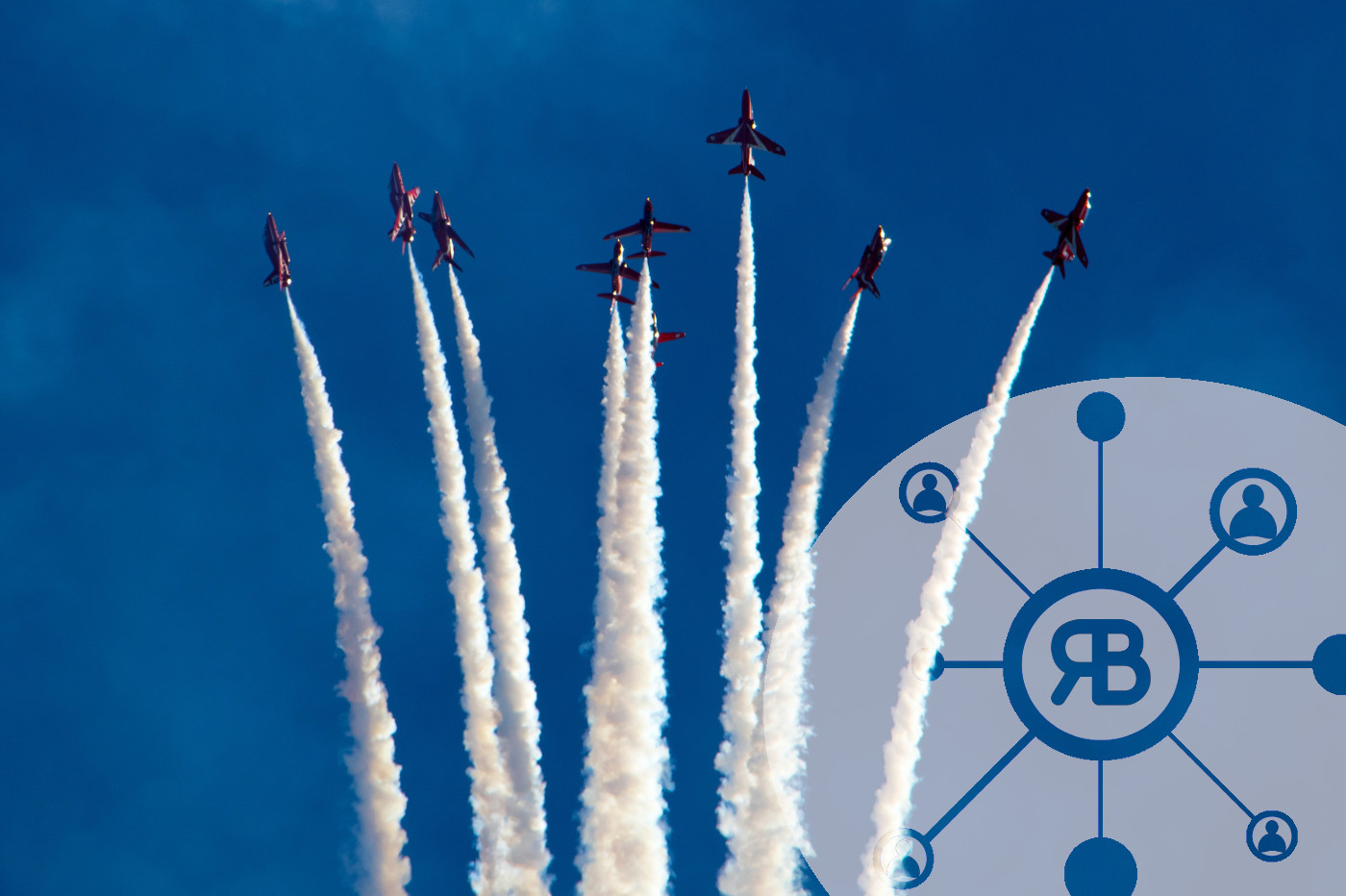Although we’ve already written an article on personas (here), it might be a good idea to come back to them and adapt another angle of approach to make the point of this technique clear. Here, we’ll be talking more about marketing personalization.
Marketing personalization means adapting content and messages to the different needs, interests and lifestyles of your audience. Instead of using generic marketing messages that appeal to everyone, you can tailor your content and messages to your target segment. This way, you get more specific results from your marketing efforts. And believe us: personalization works wonders for increasing ROI.
What is a persona?
A persona is an archetype of your ideal customer. It includes basic demographic data about your target audience, as well as their interests, personality types and behaviors. So creating a persona helps you decide what content to create and how much to pay for it. You can also use a persona to create offers and refine your marketing strategy. This ideal customer allows you to test your different offers and content strategy to understand their potential reaction.
Be clear about who you want to target
Next, you need to be clear about who you want to target. Ideally, you want to target a specific segment of your target audience. That should be your objective. And while it’s often helpful to think of your ideal customer as a person, this isn’t always the case. For example, let’s say you make software that helps managers track and manage employees. Depending on your product and your target audience, management may be a more important target audience than the employees themselves. In this case, management is a subset of your overall target audience: your ideal customer. It may then be worthwhile to imagine a persona segment.
Creating a user journey map
Let’s take a look at how to create a user journey map. We’ll use this visualization to trace the path your target audience takes when they encounter your content and message. This will help you understand who your customers are and where they are in their journey when they encounter your content. You can use a user journey map to :
- get a clearer idea of who your target audience is
- understand which KPIs you need to track (as part of an ABM strategy, for example)
- know where your content and message fit into their journey
- intensify your marketing efforts by understanding the customer journey
- better understand how your marketing content and message can better serve your customers.
Thinking about marketing opportunities based on the user journey
Let’s take a look at how to think about marketing opportunities based on your user journey map. Use your journey map to help you identify the marketing opportunities your target audience is most likely to see. This will help you decide which marketing channels to focus on. A good way to do this is to identify the different stages of your target’s journey, and the points where your content and marketing might be useful at those stages. By reflecting on this map, you can think about whether or not to use, for example, VR marketing or NFTs.
Defining your target audience
Next, let’s talk about defining the audience you’re going to reach. You need to decide which members of your target audience you want to target with your marketing. To do this, you can consult your user journey map and identify where your customers are in their journey when they see your marketing. Based on where your customers are in their journey, you can decide which customers you want to target with your marketing.
Using data and AI for marketing personalization
Finally, let’s look at how to use data and AI for marketing personalization. We recommend using these two tools together. By doing so, you’re able to create a more personalized experience for your customers. AI is excellent at detecting patterns and responding to specific needs and interests within a given customer journey. Data is the key to bridging the gap between ideas and actions. By using AI and data together, you’re able to create a more personalized experience for your customers.
Conclusion
Marketing personalization is essential for increasing the reach and engagement of marketing campaigns. By tailoring content and messages to your audience, you can increase brand trust, strengthen loyalty and boost click-through rates. The best approach to personalization is to use segmentation. This will help you create different user personas and segment customers according to their demographics. With personas in place, you’ll be able to create more personalized content and offers for your customers.
Our growth hacking agency can help you implement various segmentation and personalization strategies.




